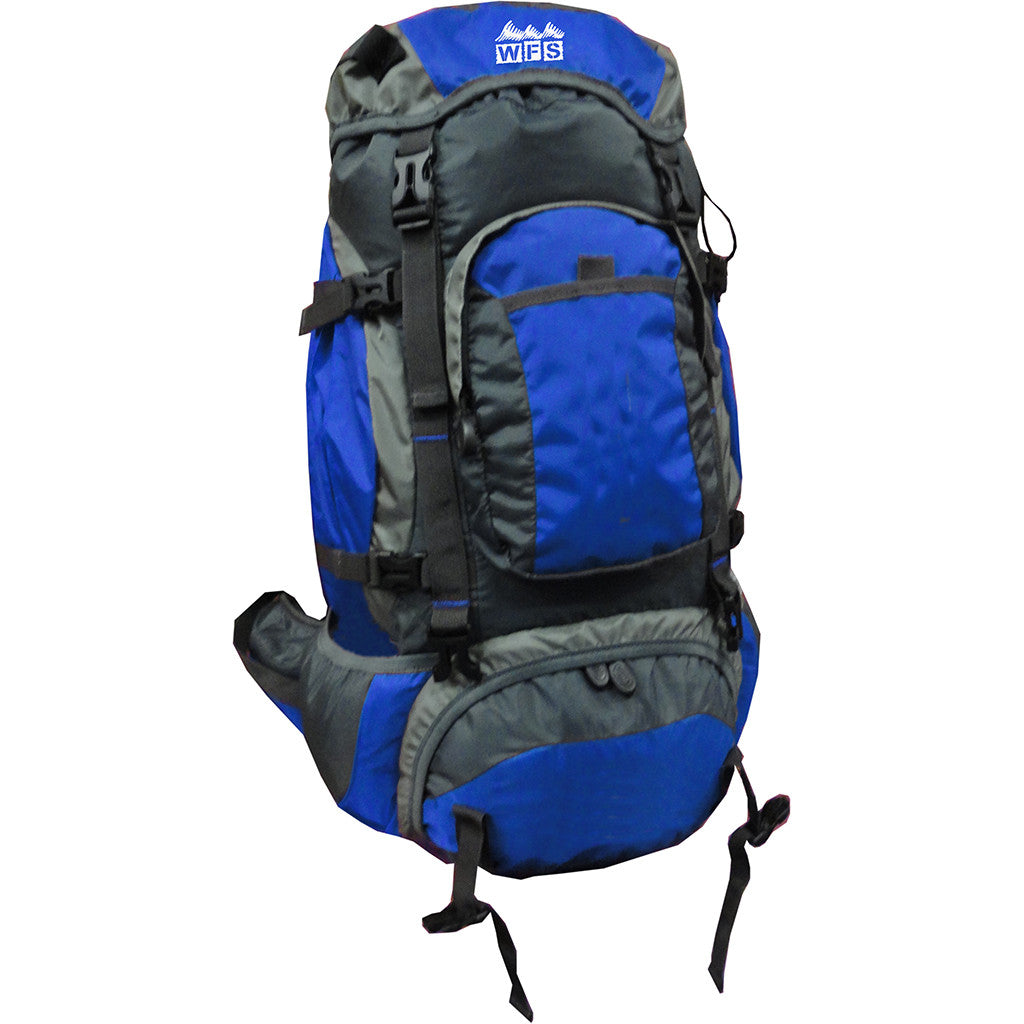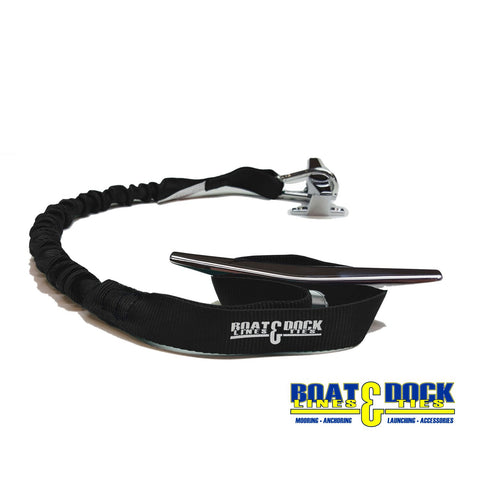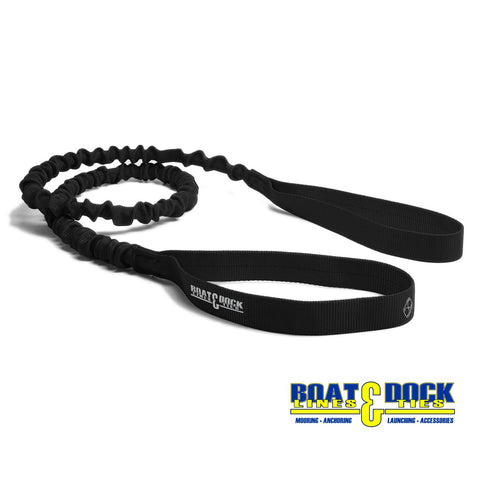- Before starting out, do warm-up exercises. Stretching gradually increases heart rate, temperature and circulation to your muscles. Also, after a night's rest, your muscles need warming. Stretching gets the body going and increases your flexibility.
- Start out slowly. Gradually increase your pace and distance traveled. Make your hike a comfortable and fun excursion. Don't go so far you struggle to get back.
- Let the slowest person set the pace. This is especially important when children are part of your group.
- Plan your trip. Plan your trip from start to finish at home. Use a forest recreation map, topographic maps, and trail guides. Get advice from experienced backcountry travelers, hikers or outdoors enthusiast.
- Hike and travel in groups. If you are hiking, backpacking, or exploring at any time of the year, take someone with you and make sure someone else knows your travel plans and stick to them.
- Check the weather before departing. Mountain weather is generally cooler, cloudier, and windier than at lower elevations. For every 1,000 feet of elevation, the temperature often drops three to five degrees. Weather in the mountains can change rapidly. Know the signs for approaching storms or changing weather conditions. Avoid bare ridge tops, exposed places, lone trees, streams, and rocks during lightning storms.
- Wear appropriate clothing and sturdy footwear. Dress in layers and always consider the possibility of changing weather conditions when deciding what to wear or bring with you. Sturdy boots, a warm jacket, and extra clothing are essential. Sunglasses and a hat are also recommended.
- Bring sunscreen. No matter the season, a painful sunburn is possible. Consumer reports found Equate Sunscreen to be most cost effective and effective over expensive brands.
- Learn basic first aid. Carry a first aid kit and learn how to identify the symptoms of heat exhaustion, heat stroke, hypothermia, dehydration, and know how to treat them.
- Develop an emergency plan. Before you start your trip make sure everyone knows what to do if they become lost or a medical emergency arises.
- If you get lost. Stay calm and don't panic. Stop and look for peaks or landmarks. Trust your compass or map and do not walk aimlessly. If you are on a trail, don't leave it. Stay put if it is nightfall. Use your head and not your legs! Carry a whistle or mirror for emergency use. Three shouts, whistle blasts, or reflected light from a mirror or a flash light are a sign of distress.
- Drink plenty of water. Water is heavy to carry, but thirst on the trail is a hazard. Before a hike, drink some water so you're well hydrated and energized. Never drink your total supply between refills. Hydration backpacks are easy way to carry water on a hike or camping trip. No matter how clean or pure stream or lake water looks, it's likely to contain water-borne parasites and microorganisms that can cause discomfort and sometimes serious illness. If necessary, purify through chemical treatment or boil for at least 5 minutes.
- Take frequent breaks. Don't wear yourself out, vary your pace and stop and rest if needed. Remember a steady pace will get you there with less discomfort than the sprint-and-catch-your-breath approach.
- Pack carbohydrate-energy bars. Granola, candy, or fruit can provide an instant pick-me-up on the trail. Nuts such as almonds or peanuts serve as an easy source of protein for your outdoor adventure.



